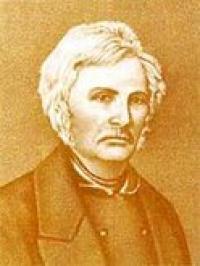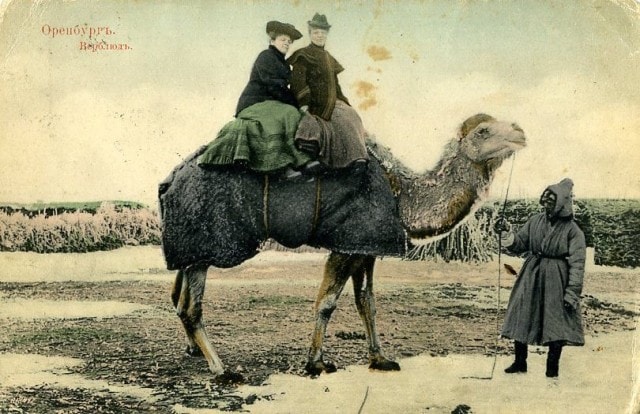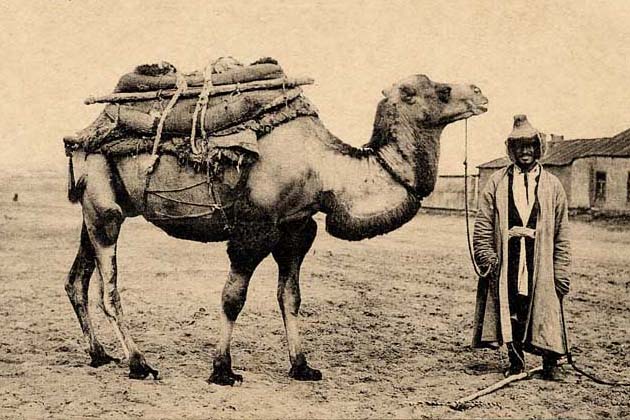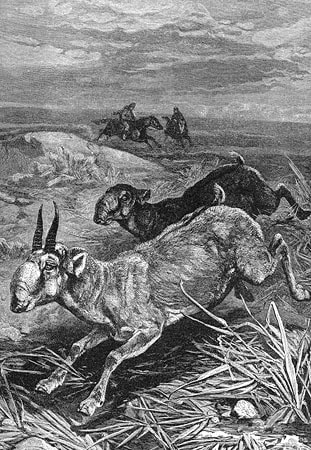You are here
Mouth of Urals. Eversman.

Tours in Atyrau region.
“Along the banks of the Emba is a dirty white, unclean chalk that forms entire rows of hills. In these hills and in the vicinity are often found pieces of sulfur pyrite. The valleys adjacent to Ustyurt contain marl lime, most of them red-yellow.”
Levshin A. I. "Description of the Kyrgyz-Cossack or Kyrgyz-Kaisak mountains and steppes"
Sightseeing tours in Atyrau region.
“For about 100 km from the mouth of the Urals to the confluence of the Emba, the seashore has been overgrown with reeds. In shallow places, reeds, letting branches and intertwining roots, give rise to new islands, and the sand applied between roots and thick stems completes the sand, settling and hardening, completes.
This explains the existence of the countless islands dotted with the coastal areas of the Caspian Sea, in the part along which the reeds stretch, and the islands disappear along with the ceasing reeds. the reed multiplications become wider and adjoin the coast, then braids occur, and many of these braids connected together form bays and channels or channels.
Of this maze of canals, bays, streamers and islands, muddy and covered with reeds, the coast consists here The Caspian Sea. Thus, the earth is incremented hour by hour, and the sea is removed. Similar phenomena occur from the side of the sea.
The bays are barred with reeds and make up separate salt lakes; the sea is still being fed, and the lake, losing contact with it, is filled solely with rain and snow; plants, intensifying, gradually reduce it, and the bay turns into saline march or in the spring into a swampy salt space.
Salt grasses, initially covering only the shores of the lake, subsequently occupy its entire surface, and, according to plant chemical laws, decompose and alter the salt soil. Steppe grasses join them, and the action of such an amazing process transforms barren, saline, marine soil into the steppe.
Everyone will understand that this transformation is not a matter of several years, but requires many centuries. The validity of the above explanation is confirmed both by the stories of the Kyrgyz people and by our own observations.
The Kyrgyz claim that the sea is running away, that the lakes are disappearing, that places that were previously covered with reeds, now produce completely different herbs; or, in other words; the soil of these places has become too damp for reeds.
We ourselves have seen that the seashore is surrounded by salt lakes, which become less frequent the further they deviate to the east, until finally, further on the steppe, salt planes alone are encountered."




Authority
Edward Eversman. “Journey to the Kyrgyz steppe in 1825 and 1826”







